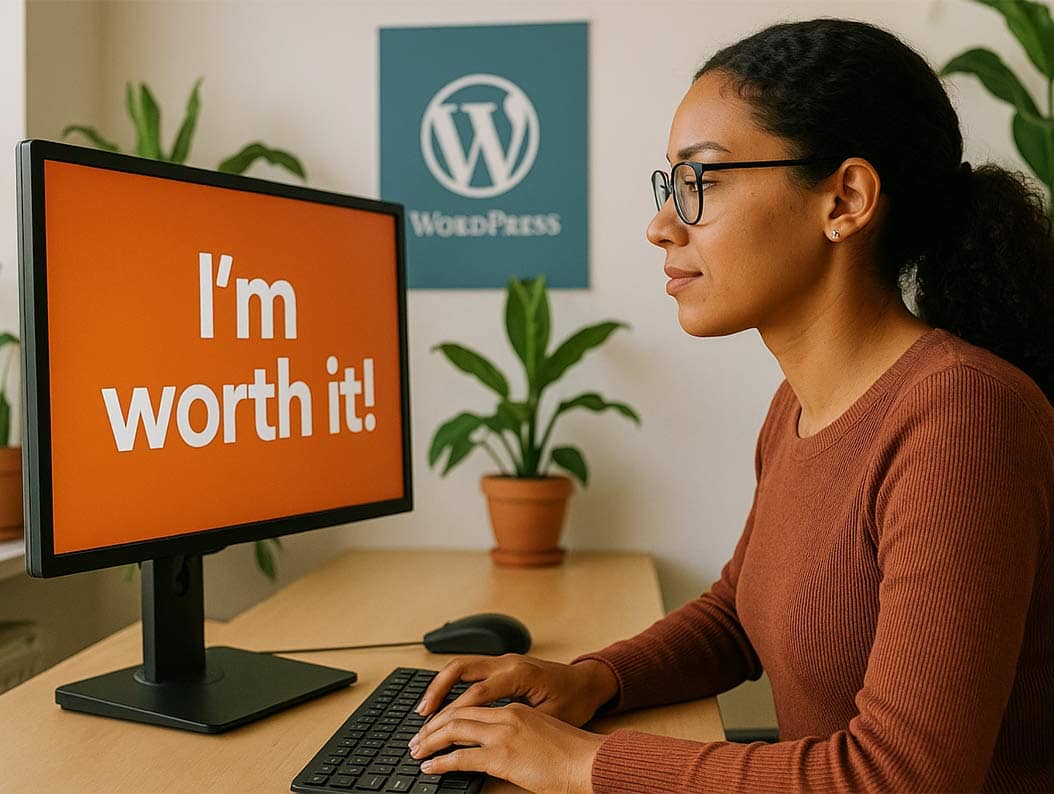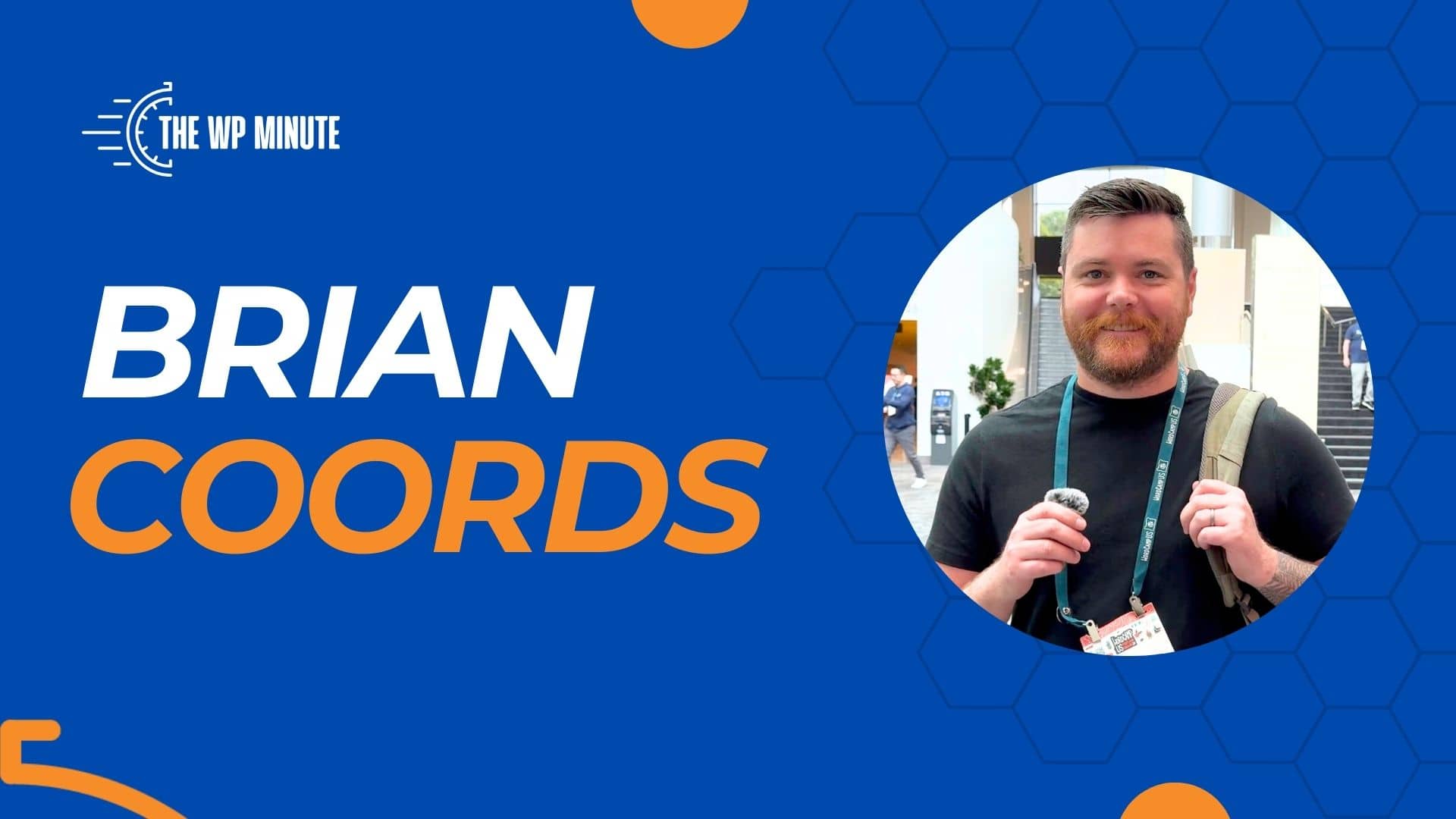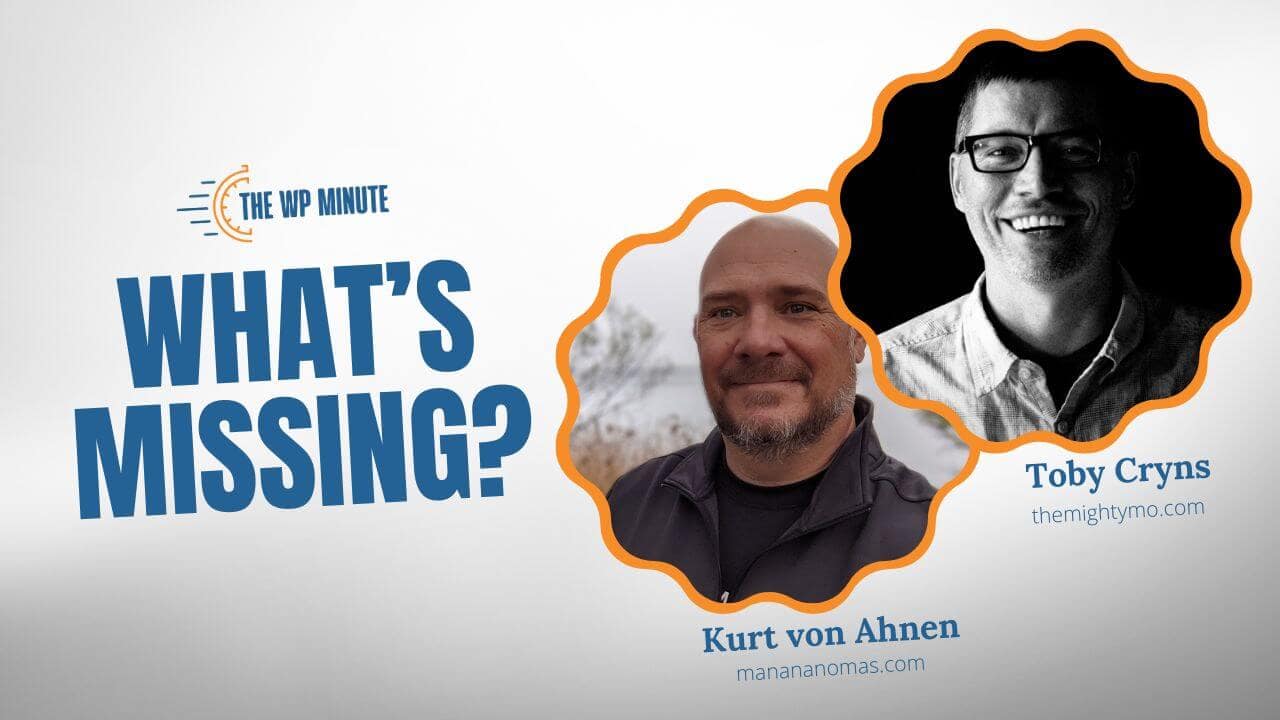For many years, WordPress has made creating an efficient and manageable workflow relatively simple. It was something each of us could personalize to match our needs. And it was easy enough to adjust when new features were released.
However, recent times have brought WordPress freelancers to a crossroads. The Gutenberg block editor, Full Site Editing (FSE), and block themes have dramatically changed the landscape.
The result is that there are now multiple paths to building a website. One has a long track record of stability, while the other is still in its infancy.
And while there’s a lot of excitement around block themes and FSE, there is legitimate concern about their readiness. Can they be trusted in a production environment? How will future changes impact what we build today?
Stellar is Liquid Web’s home for WordPress solutions. Just launched in 2021, it’s already home to several of the fastest growing brands in WP.
At the same time, no one wants to be left in the dust. Building with a “classic” theme might soon be considered outdated in some circles. Plus, future support might dwindle.
What’s a freelancer to do? Here are some key considerations when deciding which path to take.
Will Your Project Benefit from Full Site Editing?
Full Site Editing is a step forward in terms of making web design easier for non-professionals. A user doesn’t need to understand code to change the look and layout of their site.
Those benefits aside, this isn’t must-have functionality for all clients. And there are existing methods for allowing edits to the logo, header, and footer. Theme options panels and the WordPress Customizer have handled these areas for years – so long as the theme is set up to utilize them.
If your project doesn’t require frequent layout changes, a classic theme is still viable. Depending on the type of clientele you work with, this may be the case for the vast majority of projects. At least until FSE becomes more of a well-known commodity.
On the other hand, some clients do want access to every aspect of their website. If they’re relatively tech-savvy and are constantly sending you little design changes, FSE could make sense.
Therefore, it’s worth looking at whether or not FSE serves an important purpose for your project.
You Can Use Blocks with or without a Block Theme
Block themes didn’t exist back when WordPress 5.0 introduced the Gutenberg block editor. And despite initial concerns, the new editing experience was generally compatible with existing themes.
That doesn’t necessarily mean that using blocks in a classic theme has been problem-free. Styling specific blocks isn’t always straightforward. Some customizations can be done within the editor, while others require writing CSS. In addition, there have been various breaking changes implemented that require web designers to refactor affected features.
As the name suggests, block themes have been built with the new editor in mind. And they’re about more than just FSE. Their template structure includes block code – making it easier to provide custom starting points for pages and posts. For example, adding a block pattern to a template may make content creation a fill-in-the-blanks experience.
If it seems like block themes are the natural solution, prepare to be further confused. WordPress 5.8 implemented the theme.json file. This allows for configuring block editor styles for core blocks and themes, while these settings can be overridden by users in the back end.
The file can be used in virtually any theme – block or classic. The flexibility here is wonderful, but it can make the decision of which way to go a bit harder.
Finally, the theme market is also a factor. There are still a massive number of classic themes available, while their newer counterparts pale in comparison.
The bottom line is that, regardless of your choice, blocks are still an option. Thus, it’s more about the extent you want to use them for FSE or custom templates.
Early Adoption vs. Legacy
Perhaps the biggest struggle for freelancers is the risk of early adoption versus using a legacy technology. Each comes with some potential drawbacks.
Sticking with a classic theme workflow, for instance, seems like a safe bet for now. But the future is a bit more complicated.
As WordPress continues to add new features, it will be interesting to see how many will be compatible with classic themes. While theme.json is an example that works in both worlds, there’s no guarantee that other items will follow suit. Eventually, older themes could be left out of the party.
Building with block themes isn’t all roses, either. They are likely the future of theme development, but are far from a finished product. Just as with the block editor itself, there’s going to be a lot of changes – and not all of them will be backwards compatible.
The bright side is that maintenance will always be a factor when it comes to WordPress. In either development scenario, it’s likely some changes will need to be made down the road. That could be updating your block theme to handle new features or moving away from a classic theme when the time is right.
In that sense, determining what makes the most sense for now and the short-term is key.
Stellar is Liquid Web’s home for WordPress solutions. Just launched in 2021, it’s already home to several of the fastest growing brands in WP.
Choosing the Best Path with WordPress
In speaking with other developers, I’ve found a mixed bag of strategies. Some have jumped feet-first into block themes and FSE. Others are happily maintaining their established workflow. Neither approach is right or wrong.
Ultimately, how you choose to build your next WordPress project comes down to needs and comfort level. In other words, what path will be of most benefit to your project? And how comfortable are you with both implementation and maintenance?
The answers to those questions will be different for everyone. Thankfully, WordPress still provides the flexibility for us to decide for ourselves.
Join The Newsletter
Get your favorite 5 minutes of WordPress news for busy professionals every week — 100% Free! Join the WP Minute Newsletter below 👇







